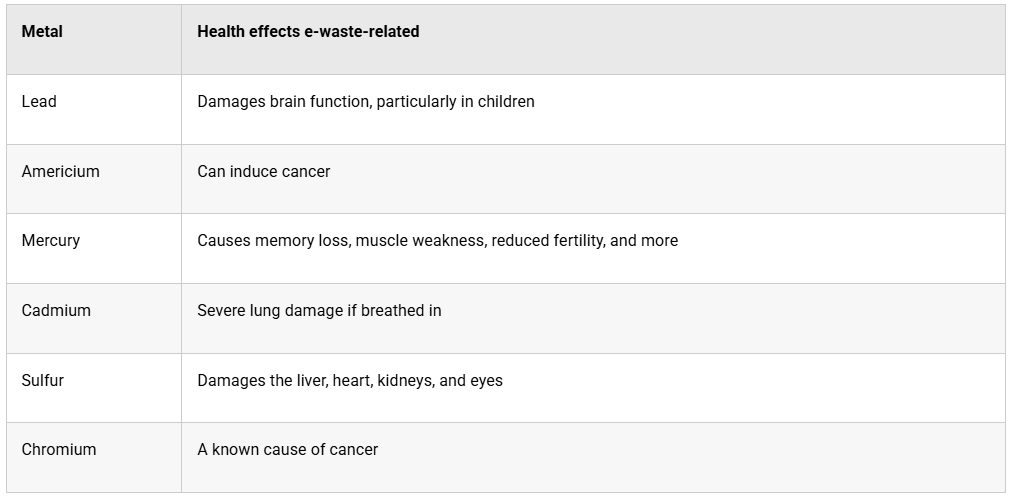Mains Syllabus: GS III - Environmental pollution and degradation.
Why in the News?
South Korean tech giants LG and Samsung have filed legal petitions against the Indian government, challenging a newly introduced e-waste recycling regulation that mandates a minimum payout to recyclers.
What is the status of e-waste in India?
India ranks as the world’s third-largest generator of electronic waste, after China and the United States.

What are the impacts of e-waste?

India loses more than $10 billion annually due to water pollution from the disposal of cyanide and sulphuric acid solutions, air pollution caused by lead fumes, open coal burning, and plastic incineration, and soil pollution.
|
E- Waste regulations in India |
|
What are the challenges in e-waste management?
What can be done?
Reference